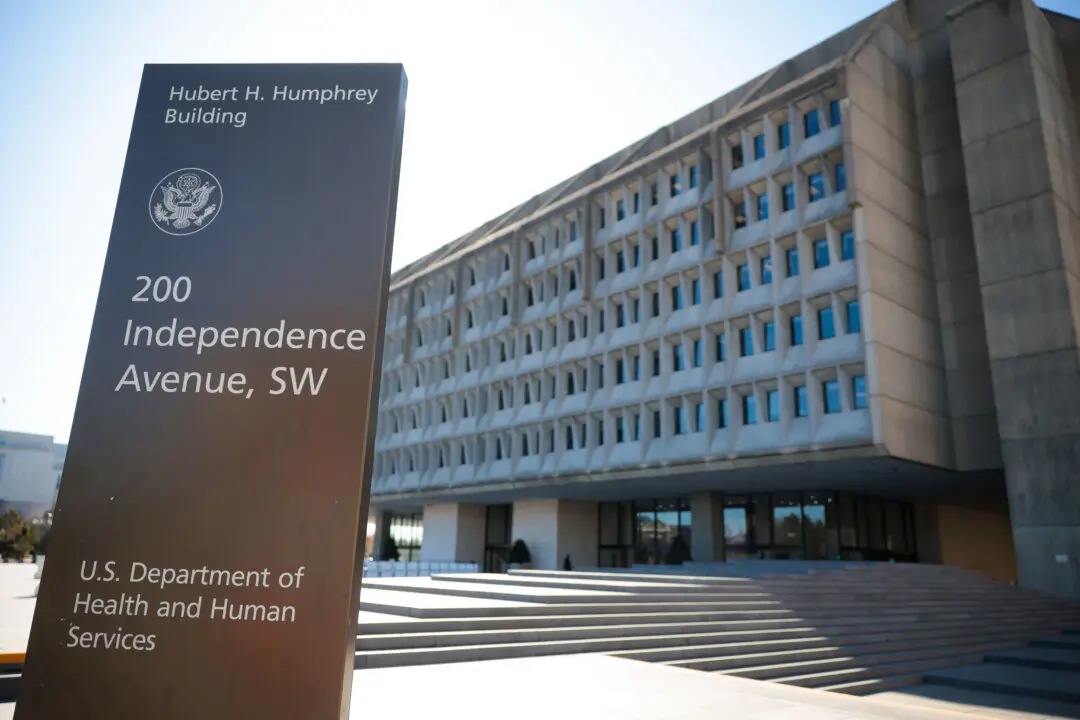President Joe Biden’s administration on Thursday issued rules aimed at keeping workers safe from the virus that causes COVID-19.
The Department of Labor’s Occupational Safety and Health Administration (OSHA) issued the rules, formally known as an emergency temporary standard, for healthcare facilities. They do not apply to other businesses, though updated guidance was issued for non-healthcare companies.





